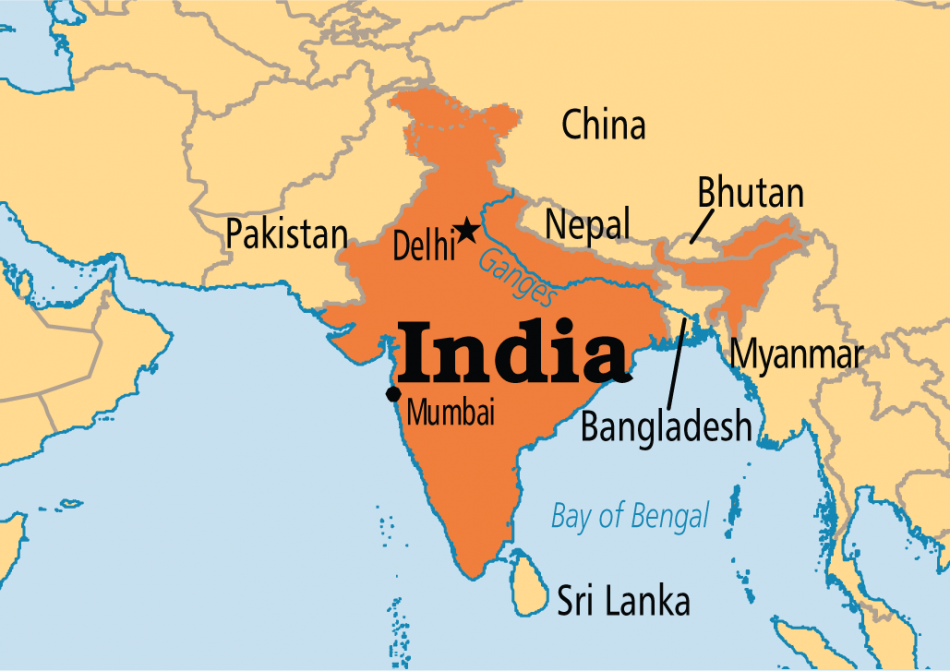The way Narendra Modi is handling the current farmers’ movement raises some serious questions whether India is really a democratic country, though its rulers and policymakers proudly claim it is the largest democracy in the world. But the way India is ruled says otherwise. A democratic country has some basic characteristics, which are not available in India.
According to the ‘Australian Collaboration’, “An open, democratic society offers many benefits to its citizens. It gives them freedom to make choices about their lives, to develop their potential as human beings and to live free from fear, harassment and discrimination. — It guarantees freedom of speech, religion and assembly. It ensures an independent judiciary. Through the principle of the rule of law it guarantees universality of the scope of the law and equality before the law for all citizens. A strong democracy encourages an active and outspoken civil society and robust public debate including dissent and disagreement with government. — A properly functioning democracy also has moral responsibilities to non-citizens, refugees, visitors and other nations.”
India lacks most of the characteristics mentioned above. If one analyzes Indian society, one finds that the majority of the people of India are deprived of real democracy. Democracy is not limited to holding elections. Democracy and elections appear as a cruel farce not only to India’s religious minorities or lower caste Hindus or those who stand against oppression, social and economic injustice and exploitation, but to all other Indians.
Though Nehru is branded as the champion of democracy, secularism and human rights, he is infamous for his notoriety of extreme communalism, expansionism and hidden dictatorial autocracy. Most of the communal riots occurred during his time.
Nehru illegally and illogically invaded and occupied not only Hyderabad or Kashmir, but almost all the princely states of British India, as it was historically divided into hundreds of kingdoms. These states covered 48% area and constituted 28% of its population of pre-Independent India. Vallabhai Patel, says Sanchari Pal, “integrated 562 princely states with the Union of India and prevented the Balkanization of the newly-independent country (India)” (The Making of A Nation: How Sardar Patel Integrated 562 Princely States). Patel and his footman, VP Manon offered the princely states the offer either to accept integration with India or face aggression along with dire ramifications. So the princely states and the people living there lost their separate identity, independence and internal or external sovereignty.
India, without peoples’ verdict or referendum, also merged the seven Northeaster states, which were never with India before the British occupied them in 1826. In 1953, India even took over the Muslim majority Anadaman and Nicobar Islands from the British, though they are about 1, 760 km away from India’s mainland. India also did the same in occupying Sikkim in 1975.
Thus, Indian democracy is synonymous with autocracy. Its fragile integrity depends entirely on military persecution. If a referendum is held, India will be divided into pieces, which may coincide with the prediction of the British Statesman and Prime Minister Churchill. He opined, “—- leaving the Indian subcontinent in the hands of demagogues and regressive religious zealots would sooner than later lead to chaos.”
Such chaos started instantly in 1947. Nagaland formally declared its independence on August 14, 1947. Secessionist armed struggles followed by Kashmir in 1948. Subsequently it spread in the remaining six states of Northeast in India. Using some paid agents, India still maintains an outward, so-called civilian administration entirely controlled by the army. Nehru and his successors imposed repressive laws one after another, to suppress people’s resentment using the excuse of crushing rebellions of the occupied lands.
Those laws gave military, paramilitary and other law-enforcing agencies unlimited power to crush people’s voices, spontaneous dissidence, sentiments and aspirations. Even the common people were branded as secessionists, anti-state traitors, or Pakistani agents, Muslim terrorists, Naxalites or Maoist communists. Those who raised their voices for just causes were annihilated by the government, applying state- sponsored terrorism.
Many repressive black laws like PDA, ASFPA, UAPA, MISA, POTA, TADA, UAPA (AMNDT) were introduced in India. These laws were worse to British imperialist era and antagonistic to democracy and simply comparable to Stalinist atrocities. India is the lone country in the world whose armed forces are engaged in war against those Indians whose motherlands India occupied, launching military invasion.
The most frightening aspect of India’s dictatorial democracy is that once a black law is repealed to subdue the international outcry, another new one is promulgated inserting the all the cruel and inhuman provisions, says the Colombia Journalism of Asian Law.
The core version of Indian democracy is: might is right along with conspiracy and falsity. In Indian democracy, the gun is the ultimate reality and it is the only country that protects India’s territorial integrity.
*Mohammad Zainal Abedin is a Bangladesh-origin American journalist & researcher.
February 27, 2021
The viewpoints expressed by the authors do not necessarily reflect the opinions, viewpoints and editorial policies of Aequitas Review.


